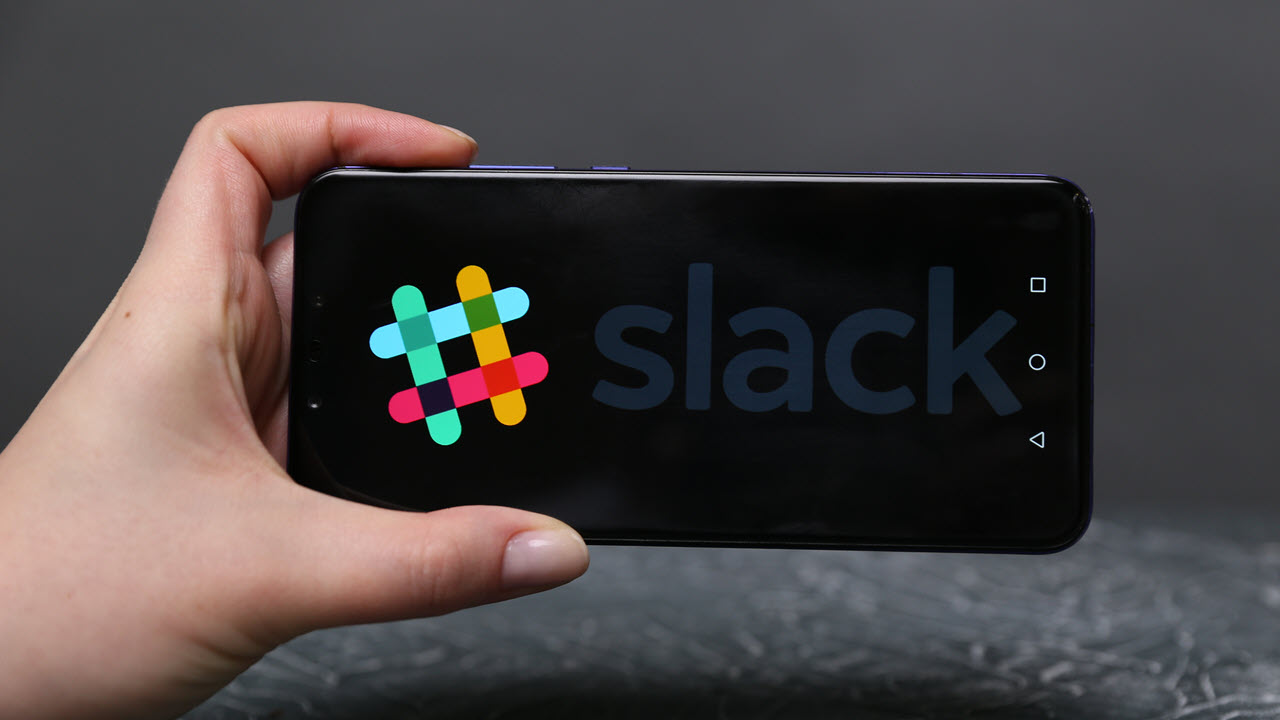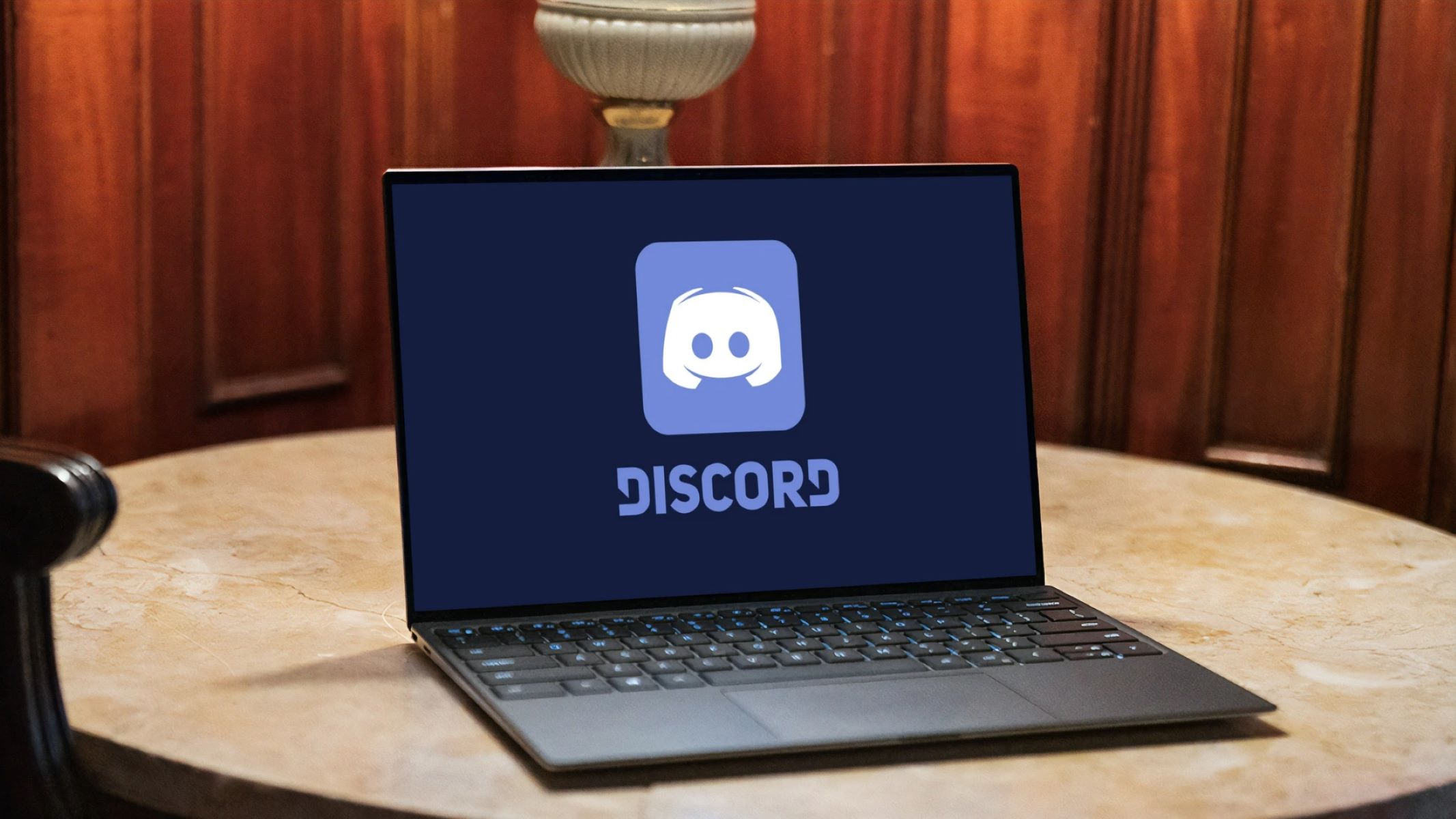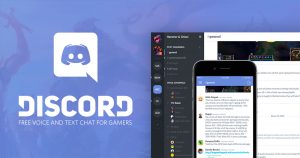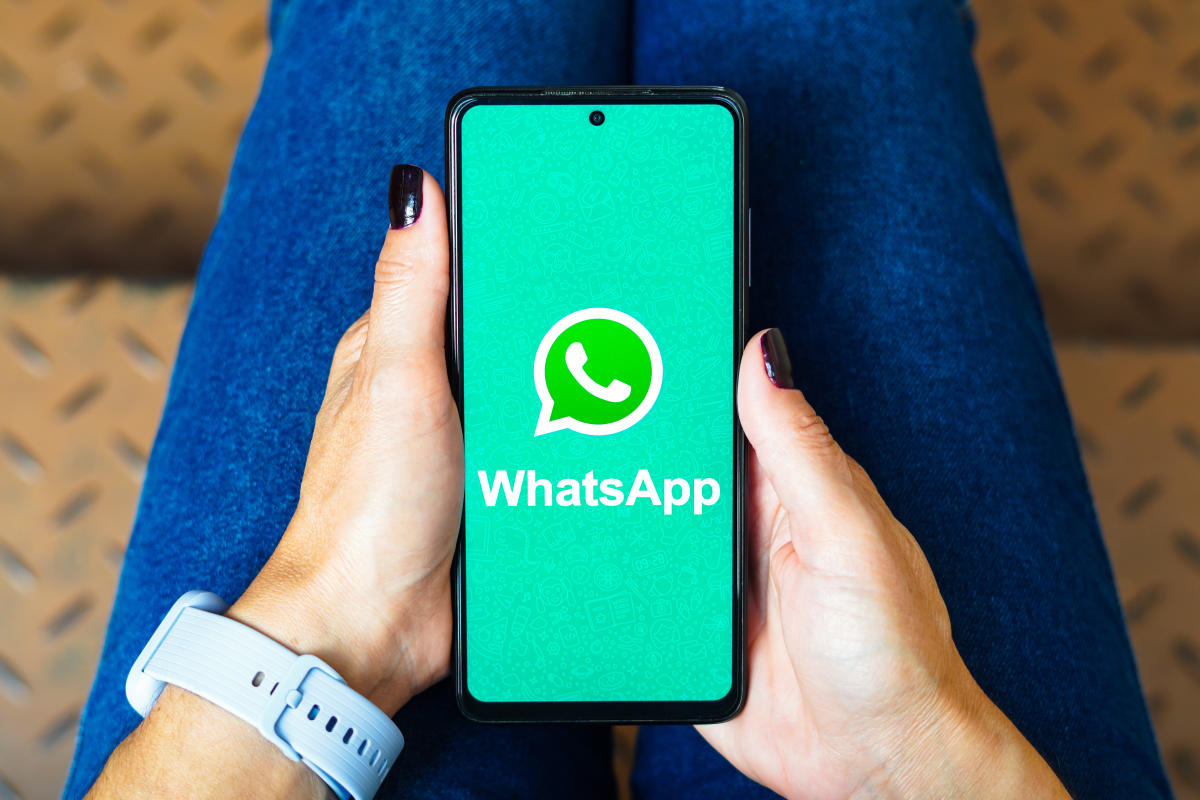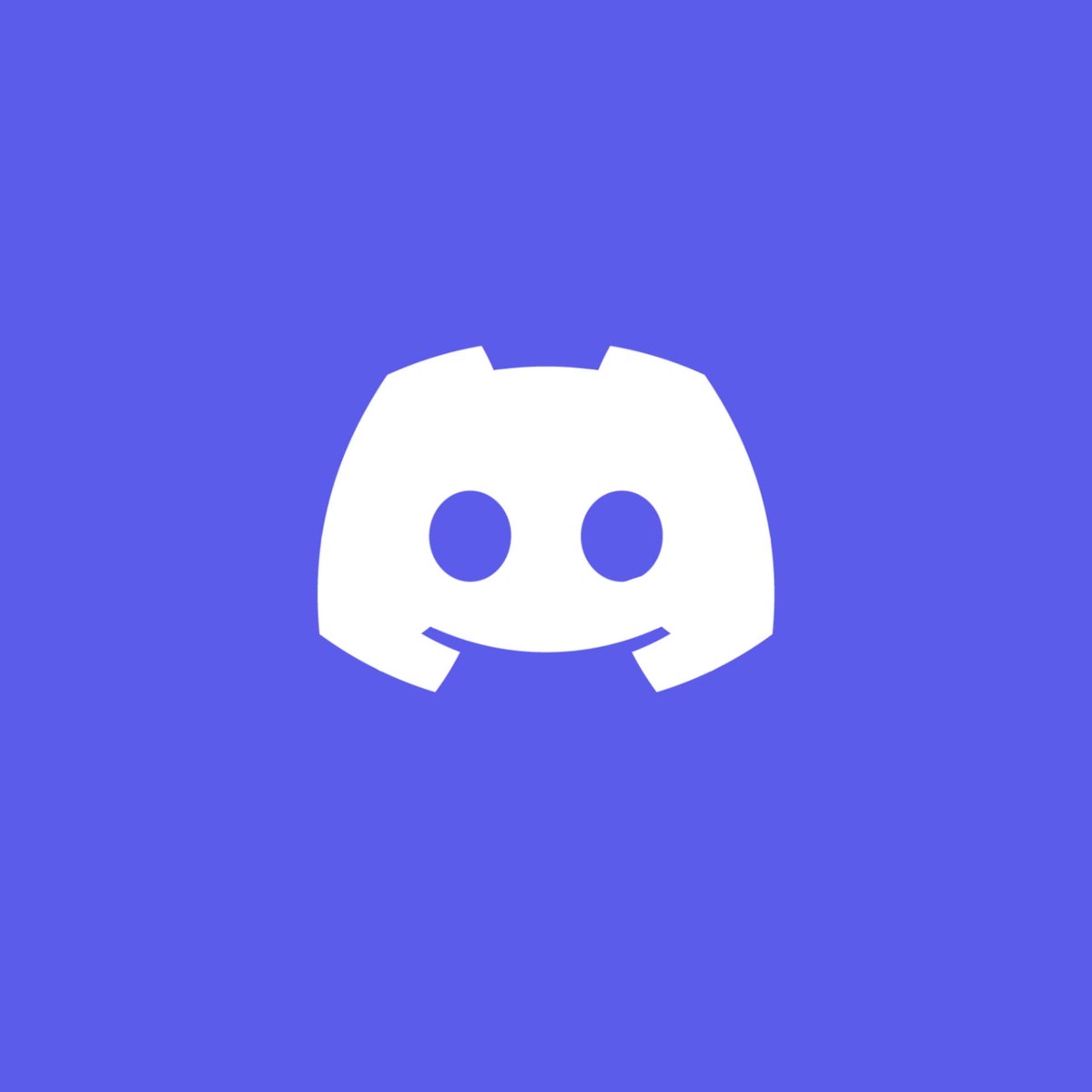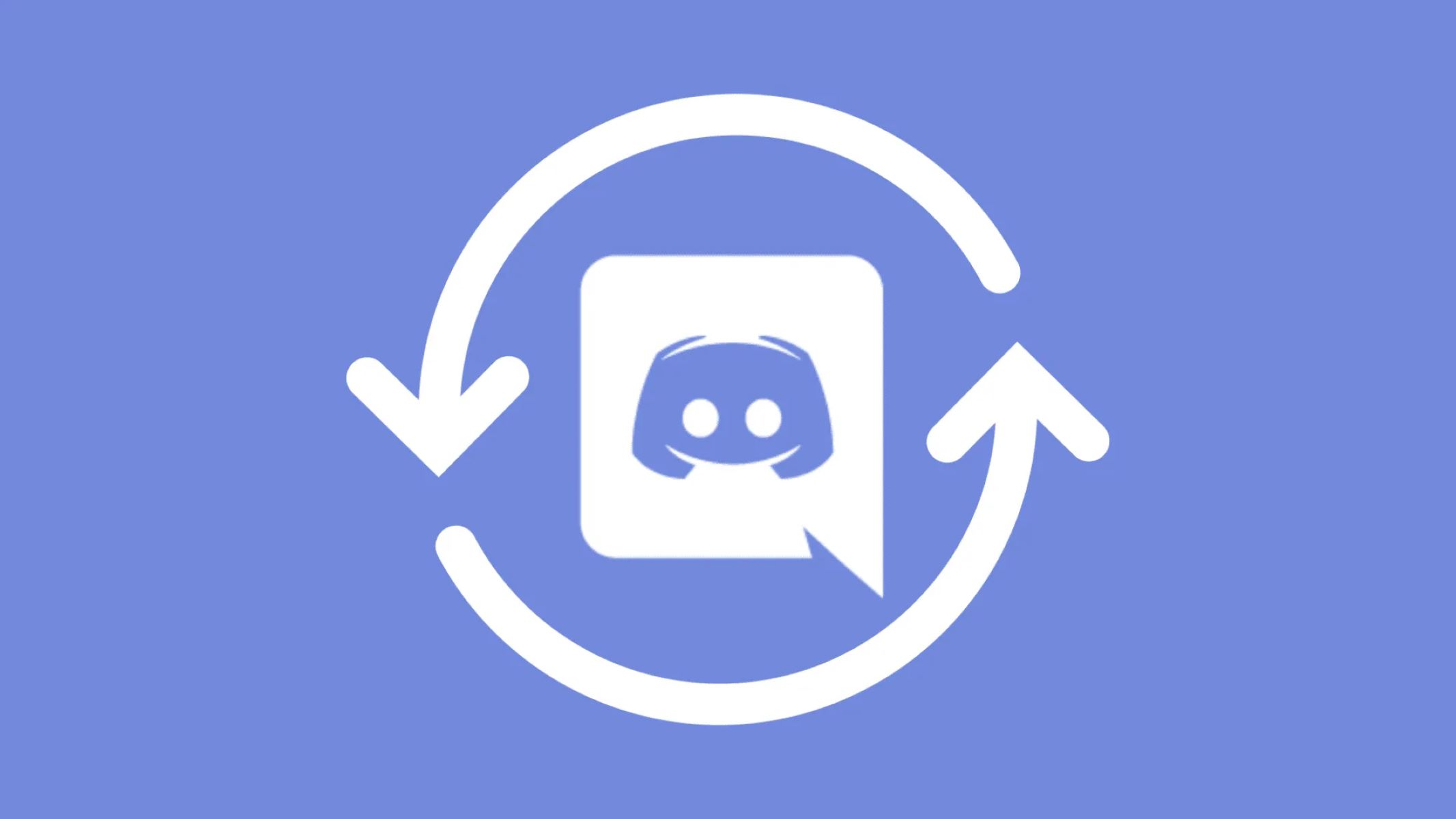Introduction
Slack and Discord are two popular communication and collaboration platforms that have gained widespread recognition in recent years. Both platforms offer a range of features and functionalities that facilitate seamless communication between individuals, teams, and communities. While Slack is primarily aimed at professional teams and organizations, Discord has a strong foothold in the gaming community, but is also utilized by various other interest groups.
With their striking similarities, it’s natural to wonder why these two platforms exist separately when they seemingly offer similar services. In this article, we will explore the history, features, functionality, user interface, integrations, communication abilities, community building, pricing, and security of both Slack and Discord to understand why they have emerged as two separate but widely used platforms.
Understanding the differences and similarities between Slack and Discord can help individuals, teams, and communities make an informed choice when deciding which platform to use for their communication and collaboration needs. Whether you’re a business looking for a professional communication tool or a gaming enthusiast seeking a platform to connect with fellow gamers, this article will provide valuable insights into the unique aspects of Slack and Discord.
So, let’s dive into the fascinating world of Slack and Discord and explore what sets them apart and why they have become such popular choices for millions of users worldwide.
History of Slack and Discord
Both Slack and Discord have interesting origin stories that reveal their distinct paths to success.
Slack, founded in 2013 by Stewart Butterfield, Eric Costello, Cal Henderson, and Serguei Mourachov, initially began as an internal communication tool used by their gaming company, Tiny Speck. The tool, known as “Slack,” proved to be so effective in streamlining communication within the company that the founders decided to spin it off into its own platform. In 2014, Slack was officially launched to the public, quickly gaining popularity among startups and enterprises due to its intuitive design and robust features.
Discord, on the other hand, was founded in 2015 by Jason Citron and Stanislav Vishnevsky with a specific focus on the online gaming community. The founders identified a gap in the market for a communication platform that catered to gamers’ needs, combining voice, video, and text chat in one seamless interface. They wanted to create a space where gamers could easily connect, coordinate gameplay, and build communities. Since its launch, Discord has become the go-to platform for gamers worldwide, with millions of active users.
While Slack originally targeted professional teams and organizations, Discord’s target audience was primarily gamers. However, over time, Discord expanded its user base beyond gaming and became a popular choice for various interest groups, including hobbyist communities, educational institutions, and professional development networks.
Both Slack and Discord have achieved remarkable success in their respective domains. Slack has become a household name in the corporate world, revolutionizing workplace communication and collaboration. It boasts a user-friendly interface, seamless integration capabilities with other productivity tools, and a robust ecosystem of third-party applications.
Discord, on the other hand, has carved its own niche in the gaming community, offering a platform that brings gamers together through voice and text chat, screen sharing, and community building features. It has created a sense of belonging and camaraderie among gamers, allowing them to connect with like-minded individuals across the globe.
While their histories may have started differently, both Slack and Discord have evolved to become powerful communication platforms that cater to unique audiences and foster collaboration and community building.
Features and Functionality
Slack and Discord offer a wide range of features and functionalities that enable efficient communication and collaboration among users. Let’s explore some of the key features of each platform.
Slack boasts a robust messaging system that allows for both private and group conversations. Users can create dedicated channels for different teams, projects, or topics. Slack also supports direct messaging, making one-on-one conversations easy and organized. The platform offers powerful search functionality, allowing users to find past conversations and files quickly. Additionally, Slack integrates with various productivity tools like Google Drive, Trello, and GitHub, enabling seamless collaboration.
Discord, built with gamers in mind, offers features tailored specifically to their needs. The platform provides voice and video chat options while gaming, supporting high-quality audio and low-latency communication. Discord also offers text chat channels, allowing gamers to share tips, strategies, and engage in casual conversation. It provides customizable roles and permissions, moderation tools, and the ability to create distinct channels for different purposes, such as announcements, events, or specific games.
Both Slack and Discord offer file sharing capabilities, allowing users to easily upload and share documents, images, and videos. In Slack, files can be previewed within the platform, while Discord allows for drag-and-drop file sharing in chat channels. Both platforms prioritize data privacy and offer granular control over who can access and edit shared files.
An important aspect of both platforms is the ability to integrate with external apps and services. Slack offers a wide range of integrations, allowing users to streamline their workflow and access various tools without leaving the platform. From project management apps like Asana and Jira to communication tools like Zoom and Microsoft Teams, Slack seamlessly integrates with numerous applications. Discord also supports integrations, though it is more focused on gaming-related services such as Twitch, YouTube, and Spotify, enhancing the gaming experience for users.
Furthermore, both platforms have robust mobile applications, ensuring that users can stay connected and engaged on the go. Slack’s mobile app allows users to receive notifications, access messages and files, and participate in conversations from their smartphones. Similarly, Discord’s mobile app offers voice and text chat functionality, enabling gamers to stay connected with their communities while playing games on their mobile devices.
Overall, Slack and Discord provide an array of features and functionalities that cater to the specific needs of their target audiences. Slack excels in professional collaboration, offering a comprehensive suite of communication tools and integrations, while Discord focuses on providing an immersive and user-friendly platform for gamers to connect and communicate in real-time.
User Interface and Design
When it comes to user interface and design, both Slack and Discord offer intuitive and visually appealing experiences, albeit with some key differences.
Slack features a clean and minimalist design, with a focus on simplicity and ease of use. The user interface is organized into channels and direct messages, making it easy to navigate and locate conversations. Slack utilizes a sidebar for navigation, providing quick access to all channels, private messages, and integrated apps. The platform uses a color scheme that combines calming shades with vibrant accents, creating a visually pleasing and professional interface.
Discord, on the other hand, has a more visually dynamic and gamified design. The user interface resembles a dashboard with a sidebar and a large central chat area. The design elements incorporate dark backgrounds, glowing accents, and animated icons, giving Discord a distinct aesthetic that appeals to gamers. The interface is customizable, allowing users to personalize their experience with different themes and color schemes. This flexibility allows gamers to create a visually immersive environment that matches their preferences.
Both platforms prioritize ease of use and provide a consistent user experience across desktop and mobile devices. They offer responsive designs that adapt seamlessly to different screen sizes, ensuring a smooth experience for users on various devices.
In terms of customization options, Slack provides the ability to create custom themes and branding options for enterprise users. This allows organizations to align the platform’s look and feel with their brand identity. Additionally, Slack offers a variety of emoji reactions and the option to customize notification settings, enabling users to tailor their experience to their preferences.
Discord, known for its extensive customization options, goes beyond visual customization. Users can create and assign roles with specific permissions, ensuring a structured and organized community. The platform also offers a range of bot integrations and allows users to create their own bots, enhancing the functionality and interactive nature of Discord servers.
Both Slack and Discord prioritize usability and provide intuitive user interfaces that are designed to enhance productivity and engagement. Slack’s clean and professional interface lends itself well to work environments, while Discord’s visually dynamic design appeals to gamers and fosters a sense of community and fun.
In the end, the choice between Slack and Discord’s user interface and design largely comes down to personal preference and the specific requirements of the user or organization.
Integrations and Bots
Both Slack and Discord offer extensive integration capabilities, allowing users to enhance their communication and collaboration by seamlessly connecting with other apps and services.
Slack boasts a vast ecosystem of integrations, with thousands of apps available in the Slack App Directory. Whether you’re looking to integrate project management tools like Asana or Trello, video conferencing platforms like Zoom or Google Meet, or customer support systems like Zendesk or Freshdesk, Slack provides numerous options to streamline your workflow. These integrations allow users to centralize their work and reduce the need to jump between different applications.
Additionally, Slack offers the flexibility for users to create their custom integrations using Slack’s API and webhooks. This empowers businesses to build custom solutions that fit their unique needs, expanding the platform’s functionality even further.
On the other hand, Discord focuses on integrations that enhance the gaming and community experience. Discord supports integration with popular gaming-related services like Twitch, YouTube, and Spotify, allowing users to effortlessly share their live streams, videos, and music within Discord servers. Gamers can also link their gaming accounts, such as Xbox Live or Steam, to Discord, displaying their current game status and making it easy to connect and play together.
Bots are another significant aspect in both Slack and Discord ecosystems. Bots are automated programs that can perform various tasks and interact with users within the platforms. In Slack, there are a plethora of bots available to automate repetitive tasks, manage schedules, send reminders, and provide analytics, among other functions. These bots can be added to Slack channels and conversations, making them a valuable asset for enhancing productivity and convenience.
Similarly, Discord offers a wide variety of bots specifically designed to enhance the gaming experience. These bots can perform tasks such as moderating servers, playing music, providing game-related information, organizing events, and even creating mini-games within Discord channels. Bots add a dynamic and interactive element to Discord servers, allowing users to easily manage and customize their communities.
Both Slack and Discord provide developers with the tools and resources to create their custom bots. This allows users to build specialized bots tailored to their specific needs, whether it’s automating tasks, providing real-time data, or enhancing community engagement.
Integrations and bots play a crucial role in extending the functionality and versatility of both Slack and Discord. Whether you’re looking to integrate productivity apps for work collaboration or leverage gaming-related services to connect with fellow gamers, both platforms offer a rich ecosystem of integrations and the ability to customize the experience with bots.
Communication and Collaboration
Slack and Discord excel in facilitating communication and collaboration among users, albeit with different focuses and approaches.
Slack, being aimed primarily at professional teams and organizations, offers a robust suite of communication tools. Users can create dedicated channels for different teams, projects, or topics, allowing for organized and focused discussions. Slack supports both private and group messaging, ensuring seamless and efficient communication. The platform also includes features like threaded conversations and mentions, enabling users to stay updated and engaged in ongoing discussions.
Collaboration is a key feature of Slack, with integrated file sharing and collaboration tools. Users can easily share documents, images, and videos, and collaborate on them in real-time. Additionally, Slack’s integration with various productivity tools allows for seamless collaboration within the platform. Users can connect with project management tools, document editing software, and other business apps, streamlining their workflows and enhancing team productivity.
Discord, on the other hand, is geared towards providing communication and collaboration for various interest groups, with a strong emphasis on the gaming community. The platform offers real-time voice and video chat, providing a seamless and immersive communication experience during gaming sessions. Text chat channels allow for ongoing conversations and sharing of tips, strategies, and resources.
Collaboration within Discord often takes the form of community building. Discord allows users to create and join servers dedicated to specific interests, which can range from gaming clans to hobbyist communities to professional networking groups. These servers serve as spaces for like-minded individuals to connect, collaborate, and share knowledge on common interests or goals. Discord’s customizable roles and permissions enable structured collaboration, with the ability to assign different levels of access and responsibilities to server members.
Both Slack and Discord offer mobile applications, allowing users to stay connected and collaborate on the go. Slack’s mobile app provides access to messages, channels, and files, while Discord’s mobile app enables voice and text chat functionality for gamers on their mobile devices.
In summary, Slack and Discord provide powerful communication and collaboration tools tailored to different audiences. Slack’s focus on professional teams and organizations makes it an excellent choice for workplace collaboration, with its comprehensive features and integrations. Discord, with its real-time voice and video chat capabilities and emphasis on community building, is ideal for gamers and interest groups seeking seamless communication and collaboration.
Communities and Networking
Both Slack and Discord foster communities and networking by providing platforms where users can connect, collaborate, and build relationships with like-minded individuals.
Slack’s focus on professional teams and organizations allows it to serve as a hub for networking and community building within workplaces. Users can join different workspaces and channels to connect with colleagues, share ideas, and collaborate on projects. Slack provides features like public channels, which can be open to the entire organization, allowing for cross-departmental conversations and networking opportunities.
Slack communities also extend beyond individual workplaces. Various professional communities and interest groups create Slack workspaces to bring together individuals with common interests or industry affiliations. These communities provide valuable networking opportunities, where professionals can connect, share knowledge, seek advice, and potentially form new partnerships or collaborations.
Discord, with its gaming roots, has a strong emphasis on community building. Gamers can join servers dedicated to specific games, genres, or gaming communities to connect with fellow players, share tips and strategies, and engage in discussions. Discord servers often have social channels where members can have casual conversations and build relationships outside of gaming activities. This creates a sense of belonging and camaraderie within the gaming community.
Moreover, Discord provides features like voice chat and screen sharing during gaming sessions, enabling real-time collaboration and teamwork. Gamers can form competitive teams, plan game nights, and strategize together using Discord’s communication features. This fosters networking and collaboration among gamers who share similar gaming interests and aspirations.
Both Slack and Discord also offer discovery features to help users find and join relevant communities. Slack users can explore the Slack App Directory and browse specific categories, such as technology, design, or entrepreneurship, to discover relevant communities they can join. Discord offers a similar feature with its Discover page, where users can find recommended servers based on their interests or search for servers by category or keyword.
In summary, both Slack and Discord provide platforms that facilitate community building and networking among users. Slack’s focus on workplace collaboration and professional communities fosters networking opportunities within organizations and across industries. Discord, with its gaming-centric approach, creates a space for gamers and interest groups to connect, collaborate, and build relationships around common gaming interests.
Pricing and Monetization
Both Slack and Discord offer various pricing models and monetization strategies to cater to the needs of their users and sustain their platforms.
Slack offers a freemium pricing model, with a free plan that provides a limited set of features and storage. The free plan allows small teams or individuals to use Slack without any cost. However, to access additional features like unlimited message history, advanced search capabilities, and increased storage, users can subscribe to paid plans. Slack offers tiered pricing for its paid plans, with different levels of features and capabilities based on the size and needs of the organization. Enterprise-level plans are also available for larger organizations that require additional security, compliance, and administrative features.
Discord, on the other hand, offers its core features for free to all users. This includes text and voice chat, file sharing, and server creation. Discord monetizes its platform by offering a premium subscription called Discord Nitro. Nitro provides additional perks like higher upload limits for files and emojis, animated profile pictures, and the ability to use custom Discord tags. Discord Nitro also offers server boosting, where users can contribute to a specific server to unlock additional features for that server. This monetization strategy allows Discord to generate revenue while keeping the core features accessible to all users.
Both Slack and Discord also offer options for customization and additional features through their respective app marketplaces. Slack’s App Directory provides a wide range of paid apps and integrations that users can add to their workspace to enhance functionality and productivity. These paid apps range from project management tools to analytics platforms to customer support systems. Similarly, Discord has its own marketplace where developers can sell bots, themes, and other add-ons to customize Discord servers and enhance user experience.
Furthermore, both platforms offer enterprise-level solutions tailored to the needs of larger organizations. These solutions often come with dedicated customer support, advanced security features, and integrations with other enterprise tools. The pricing for these enterprise solutions varies depending on the size and requirements of the organization.
In summary, Slack offers both free and paid plans, providing a range of features and storage options based on user needs. Discord, on the other hand, offers its core features for free and monetizes through a premium subscription, Discord Nitro, and the ability to purchase extras from its marketplace. Both platforms also allow for additional customization and feature enhancements through their respective app marketplaces.
Security and Privacy
Ensuring the security and privacy of user data is of utmost importance for both Slack and Discord. Let’s explore the measures and features implemented by each platform to protect user information.
Slack places a strong emphasis on security and offers several features to safeguard user data. The platform encrypts data in transit and at rest, ensuring that information is protected during transmission and while stored on their servers. Slack also enables two-factor authentication, which adds an extra layer of security to user accounts. Additionally, Slack provides granular control over user permissions, allowing for the customization of privileges and restricting access to sensitive information. The platform also supports compliance with various industry standards and regulations, such as HIPAA and GDPR, ensuring that organizations in regulated industries can utilize Slack while maintaining compliance.
Discord also prioritizes the security and privacy of its users. It uses encryption to protect data in transit and implements measures to prevent unauthorized access to user information. Discord offers two-factor authentication as an extra layer of security for user accounts. In terms of privacy, Discord allows users to control their visibility and privacy settings, including the ability to block and report other users. Discord servers also have moderation features, allowing server owners and administrators to enforce community guidelines and ensure a safe environment for users. Additionally, Discord has implemented safety features like content filtering and abuse reporting mechanisms to combat harassment and inappropriate content that may violate its community guidelines.
It’s worth noting that while both platforms take security and privacy seriously, the nature of the information shared and the user base of each platform can differ. Slack primarily focuses on professional teams and organizations, where sensitive company data may be shared. As a result, Slack invests heavily in advanced security measures to protect proprietary information and ensure data privacy. Discord, with its emphasis on gaming and community building, focuses on creating a safe and secure environment for users to connect and engage socially.
It is important for users to be aware of and follow best practices to protect their own security and privacy while using both Slack and Discord, such as using strong and unique passwords, enabling two-factor authentication, and being mindful of the information shared in conversations and files.
In summary, both Slack and Discord make security and privacy a priority. They employ encryption, offer two-factor authentication, and provide customization options to control user permissions. However, the specific security and privacy features may vary to align with the distinct needs and user bases of each platform.
Conclusion
Slack and Discord are two popular communication and collaboration platforms that have emerged as powerful tools for connecting individuals, teams, and communities. While they share some similarities in terms of features and functionality, they also have key differences that make them uniquely suited for specific purposes and target audiences.
Slack has gained recognition in the professional world, providing a comprehensive suite of communication and collaboration tools for businesses and organizations. With its focus on workplace productivity, Slack offers integrations with various productivity apps, robust file sharing capabilities, and customizable features that enhance team collaboration and streamline workflows.
Discord, on the other hand, has established itself as the go-to platform for gamers and interest groups. Its real-time voice and video chat, text chat channels, and customizable communities create an immersive and social experience for gamers to connect, collaborate, and build communities around shared interests.
Understanding the unique features and strengths of each platform can help users make an informed choice based on their specific needs. Whether it’s professional collaboration, team communication, or gaming community building, both Slack and Discord offer valuable tools and functionalities.
While Slack and Discord have their own pricing models and monetization strategies, they both provide options for customization and extensibility through integrations and bots. These features allow users to enhance their experience and tailor the platforms to their specific requirements.
Furthermore, both Slack and Discord prioritize the security and privacy of user data. They implement encryption measures, offer two-factor authentication, and provide user control over privacy settings to ensure the protection of sensitive information.
In conclusion, Slack and Discord have revolutionized the way we communicate and collaborate, catering to different audiences and purposes. Whether you’re a professional seeking a robust workplace communication tool or a gamer looking to connect with fellow gamers, Slack and Discord offer powerful platforms that can enhance your communication, collaboration, and community building experiences.







